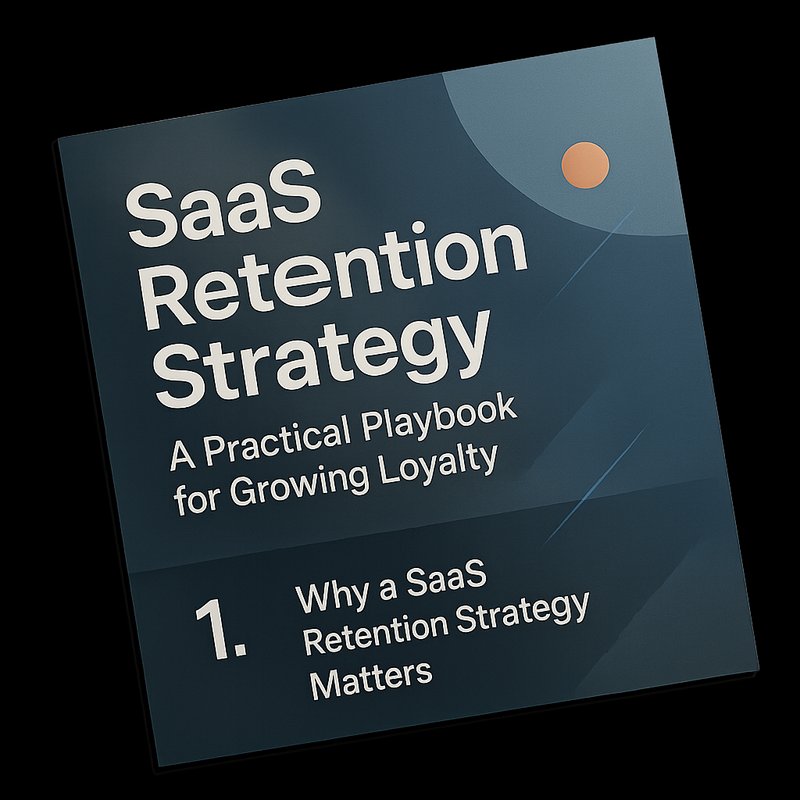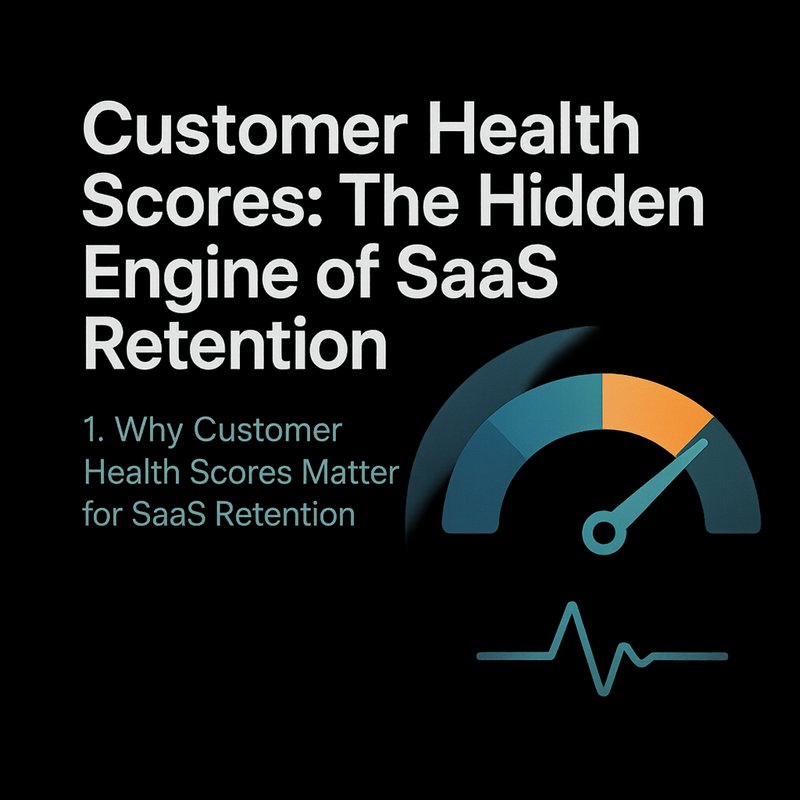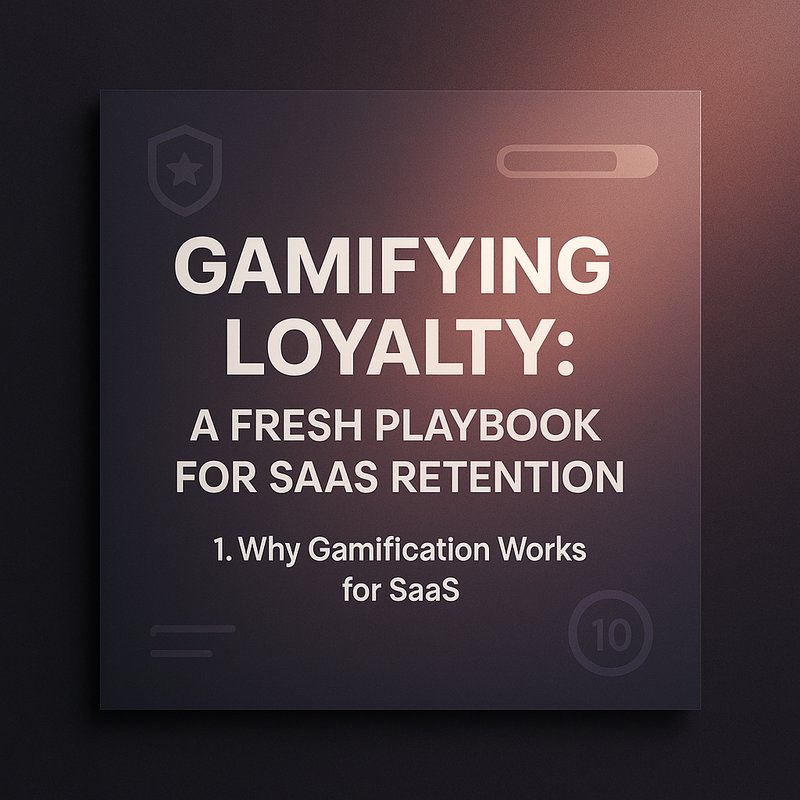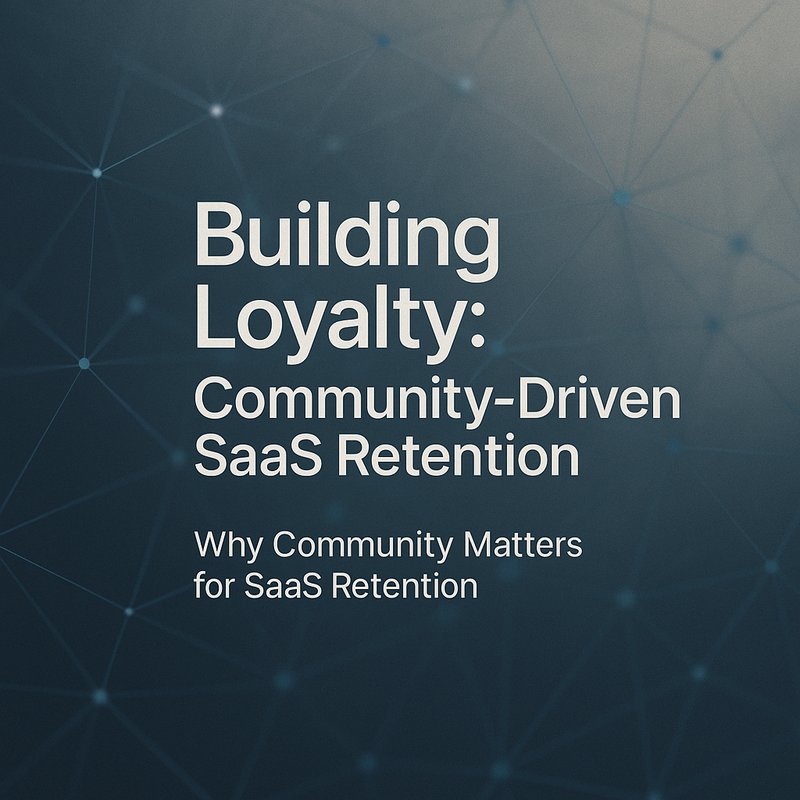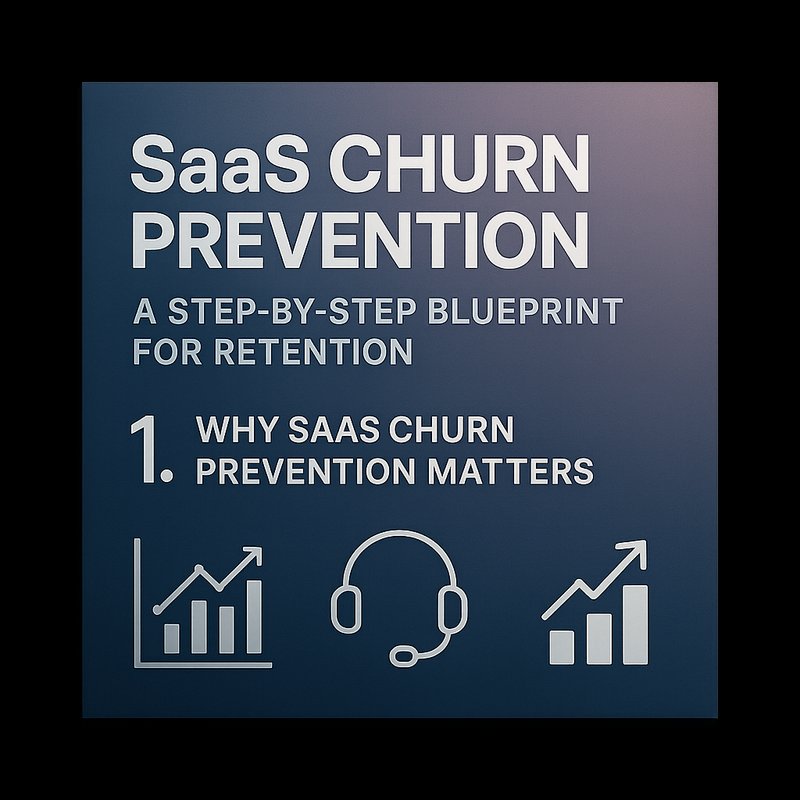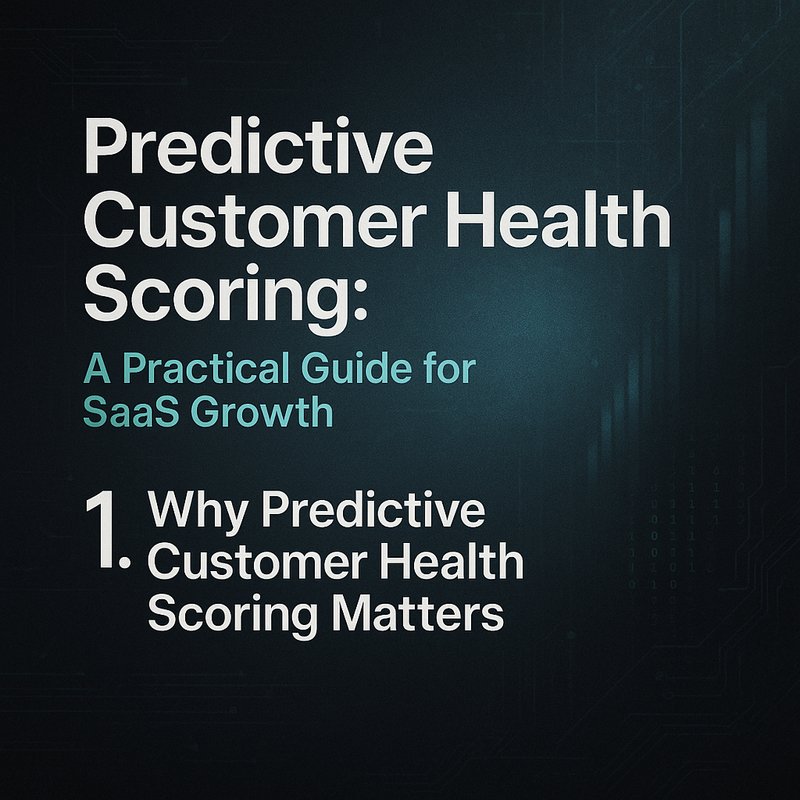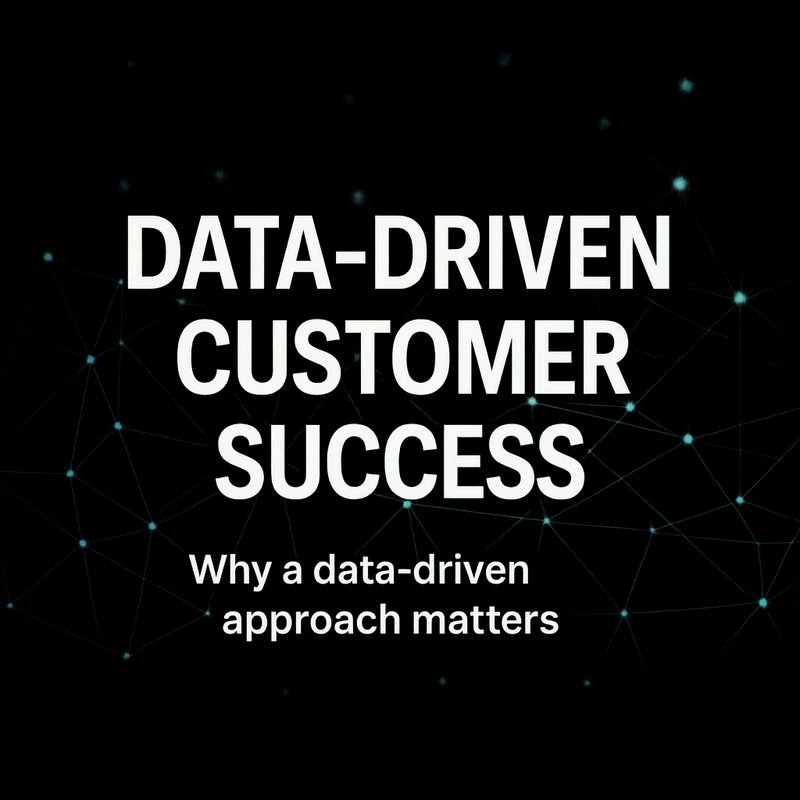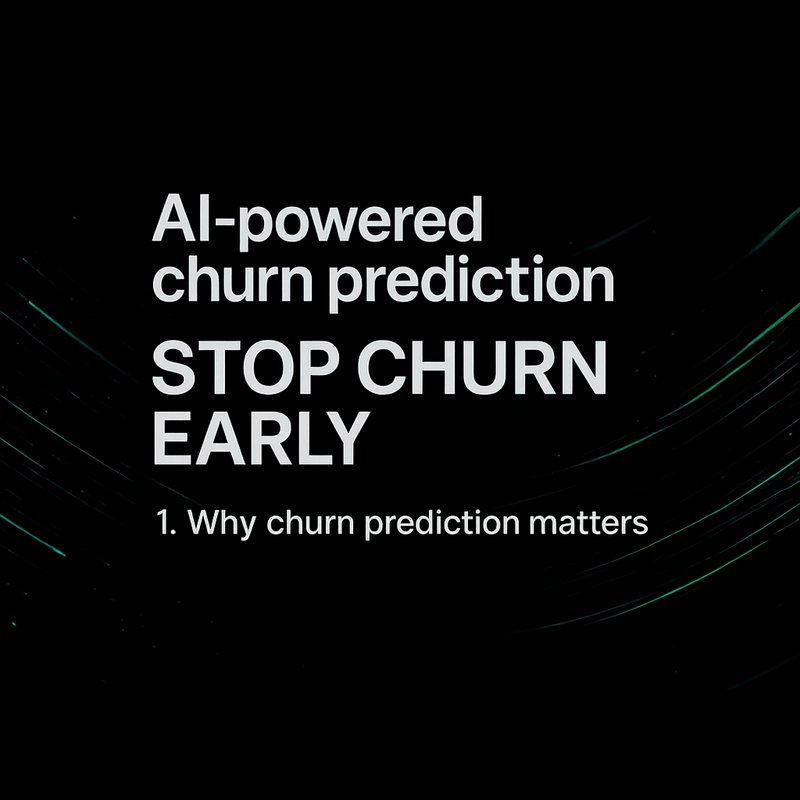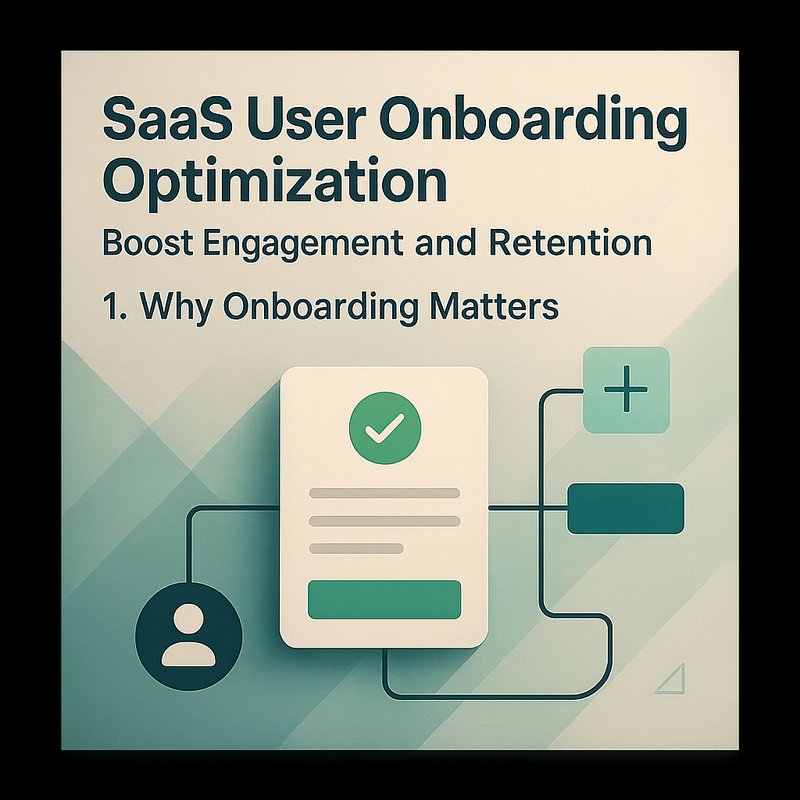In the world of subscription software, keeping customers happy is as important as attracting new ones. A solid SaaS retention strategy lets you spot problems early, personalize support, and turn satisfied users into advocates. This guide walks you through the steps to build a retention plan that works for any SaaS business, no matter the size or niche.
1. Why a SaaS Retention Strategy Matters
When a customer signs up, the real work begins. If you don’t keep them engaged, they’ll eventually cancel. A SaaS retention strategy gives you a clear roadmap to:
- Detect early warning signs before churn spikes
- Deliver personalized experiences that keep users coming back
- Measure the impact of every change you make
- Build a of continuous improvement
Think of it as a health monitor for your customer base. You’ll see the red lights before the alarm goes off.
2. Laying the Foundation
2.1 Map the Customer Journey
Every SaaS product has a “first value” moment – the point where a user sees real benefit. Map out the steps that lead to that moment and the checkpoints that follow. Typical checkpoints include:
- Activation – User completes the core onboarding task.
- Engagement – User logs in at least twice a week.
- Expansion – User adopts a new feature or upgrades a plan.
- Renewal – User renews the subscription on time.
Use a simple flowchart or a spreadsheet to capture these stages. Link the flowchart in your internal wiki or a shared Google Doc.
2.2 Capture the Right Data
You need three types of data:
| Data type | What to collect | Why it matters |
|---|---|---|
| Behavioral | Login frequency, feature usage, session length | Shows how users interact with the product |
| Transactional | Plan changes, support tickets, payment history | Indicates financial health and pain points |
| Sentiment | NPS scores, survey responses, social media mentions | Reveals emotional state and satisfaction |
Tools like Mixpanel, Amplitude, or even a simple Google Sheet can get you started. If you’re already using a CRM, pull the data into a data warehouse for deeper analysis.
2.3 Set Up a Data Pipeline
A clean pipeline keeps your metrics reliable. A typical flow looks like this:
- Ingest – Pull raw logs from your product.
- Transform – Clean, normalize, and enrich the data.
- Store – Save in a data warehouse (Snowflake, BigQuery).
- Visualize – Build dashboards in Looker, Metabase, or Google Data Studio.
If you’re new to data pipelines, start with a simple ETL tool like Airbyte or Fivetran. You can also use Neura Router to pull data from multiple sources and push it into your warehouse automatically.
3. Key Metrics to Track
3.1 Activation Rate
Definition: % of new users who complete the first value milestone.
Why it matters: A low activation rate often signals onboarding friction.
3.2 Time to First Value
Definition: Average time from sign‑up to first value.
Why it matters: The faster users see benefit, the less likely they’ll churn.
3.3 Engagement Score
Definition: Composite score based on login frequency, feature usage, and session length.
Why it matters: Helps identify at‑risk users before they churn.
3.4 Net Promoter Score (NPS)
Definition: Survey-based metric that asks users how likely they are to recommend your product.
Why it matters: A high NPS correlates with lower churn and higher upsell potential.

3.5 Churn Rate
Definition: % of customers who cancel or let their subscription lapse.
Why it matters: The ultimate metric for customer success.
Create a dashboard that shows all these metrics side by side. Use color coding: green for healthy, yellow for warning, red for critical.
4. Turning Data into Action
4.1 Automated Health Checks
Set up a nightly job that calculates each user’s engagement score. If the score falls below a threshold, flag the user as “at‑risk.” You can use a simple rule engine or a lightweight ML model if you have the data.
4.2 Personal Outreach
When a user is flagged, trigger an automated email or in‑app message. Keep the tone friendly and offer help:
“Hey [Name], we noticed you haven’t logged in for a week. Is there anything we can do to help you get the most out of [Feature]?”
Use a tool like Neura ACE to draft the email, insert dynamic fields, and schedule the send.
4.3 Targeted Support
If a user has opened a support ticket, route it to the right team. Add a “customer success” tag to the ticket so the CS team can follow up. You can also add a short survey after the ticket is resolved to gauge satisfaction.
4.4 Upsell Opportunities
When a user is actively using a feature that is only available in a higher tier, send a gentle upsell email. Make sure the offer is relevant – “You’re using X feature 10 times a week; the Pro plan gives you Y benefit.”
4.5 Continuous Improvement Loop
After each intervention, track the outcome:
- Did the user log in again?
- Did they upgrade?
- Did they leave a positive NPS score?
Feed this data back into your pipeline to refine thresholds and messaging.
5. Real‑World Example
A mid‑size marketing automation platform wanted to reduce churn from 18 % to 12 %. They followed a data‑driven customer success plan:
- Mapped the journey – Identified the “create first campaign” milestone.
- Built a dashboard – Tracked activation, engagement, and NPS.
- Automated outreach – Sent a help email to users who hadn’t created a campaign after 10 days.
- Personalized upsell – Offered a 10 % discount to users who used the “advanced segmentation” feature but were on the basic plan.
- Measured impact – Churn fell to 12 % within three months, and revenue grew by 8 %.
The company also added a short onboarding video that walked users through the first campaign. Activation jumped from 40 % to 65 %.
You can read the full case study on our site: https://meetneura.ai/#case-studies
6. Quick Implementation Checklist
- [ ] Map the customer journey and key milestones.
- [ ] Set up data ingestion from product logs and CRM.
- [ ] Build dashboards for activation, engagement, NPS, and churn.
- [ ] Define thresholds for at‑risk users.
- [ ] Automate outreach emails and in‑app messages.
- [ ] Create upsell triggers based on feature usage.
- [ ] Track outcomes and refine the loop.
- [ ] Share insights with product and marketing teams.
Follow this checklist and you’ll have a data‑driven customer success engine running in a few weeks.
7. Final Thoughts
A SaaS retention strategy isn’t a one‑time project; it’s a mindset. When you treat every interaction as data, you can spot problems early, act quickly, and keep customers happy. Start small, iterate fast, and watch your churn drop and revenue rise.
